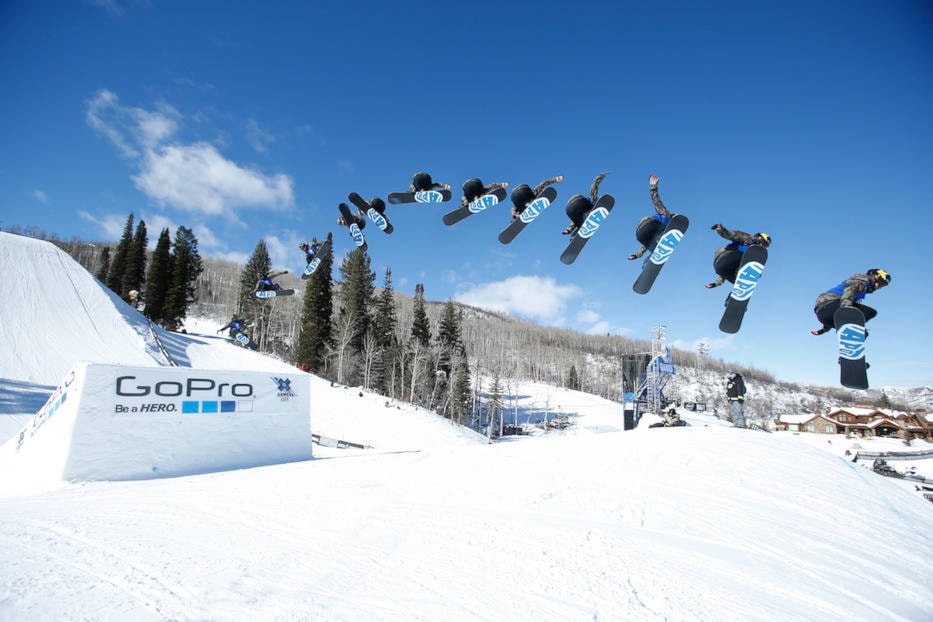The BC Trauma Registry is reminding those hitting the slopes this season to take extra safety measures amid new data showing an uptick in winter sports-related injuries.
During the 2015/16 winter season, there were 339 hospitalizations for skiing-related injuries, according to the Provincial Health Services Authority (PHSA). Of those, 187 were serious.
That’s an increase of 27 per cent in the 2015-16 season, compared to the year prior, data shows.
Meanwhile, snowboarding-related hospitalizations rose by about 9 per cent with 184 total hospitalizations.
Although the new stats don’t track specific injuries, Dr. Shelina Babul told Black Press Media that generally it’s concussions, as well as sprains, strains and tears to knees, wrists and ankles that cause people to head to emergency rooms.
Babul, trauma registry associate director and sports injury specialist, said there is also the possibility that more people are better informed on when they should seek medical attention for an injury compared to years past.
“The shift in numbers doesn’t necessarily indicate that more people are being hurt,” she said. “Policy changes and awareness and education campaigns are making a difference, which can affect the number of people who decide to see doctors for their injuries.”
Policy changes, such as body checking being banned from younger levels of amateur hockey has led to some relief in the rates of injury, the data suggests.
In the 2015-16 hockey season, hospitalizations were down by 27 per cent, PHSA said.
“Additionally, increased access to resources about injuries could help explain why there are fewer injuries related to ice hockey,” Babul said, like the online concussion awareness website cattonline.com which offers training and educational guides.
But when it comes to preventing injuries, Babul has no doubts that there’s still work that can be done.
While doctors are seeing more people wearing helmets on the mountains than 10 to 15 years ago, Babul said, a portion of people still aren’t doing enough to protect their head from possible injury.
Awareness and education campaigns around wearing helmets – and the need to wear it correctly – could help with minimizing the severity of a concussion, Babul added.
Experts suggest that the fit of the helmet is key to ensure protection. Chin straps should be tight enough that one finger can fit between your chin and strap, that straps should fit properly in a “Y” shape over each ear and the helmet should sit two fingers’ with above your eyebrows.
In addition to equipment, people need to be actively looking ahead for potential risks, Babul said, through checking weather conditions and staying within the hill’s boundaries.
“To minimize injury in any winter sport or activity, people need to be mindful of their abilities, aware of their surroundings, and use the proper safety equipment.”
@ashwadhwani
ashley.wadhwani@bpdigital.ca
Like us on Facebook and follow us on Twitter.
